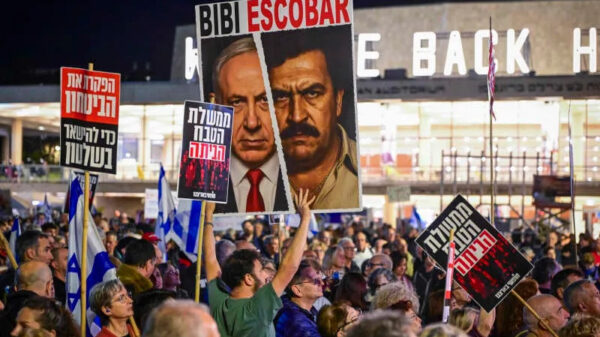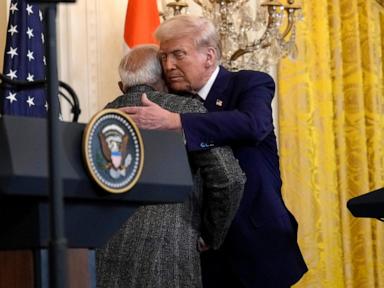The United States has imposed a combined tariff of 50% on Indian imports, following President Donald Trump’s announcement of an additional 25% tariff on India due to its purchases of Russian oil. This decision has been met with disappointment from Indian officials, who have labeled the tariffs as “unfortunate.” The new tariffs are set to take effect in 21 days.
This announcement comes as India and the U.S. continue to negotiate a trade deal aimed at expanding bilateral trade to $500 billion by 2030. The relationship between the two nations, which has been characterized as a strategic partnership, appears to be facing significant challenges despite the personal rapport between Modi and Trump.
Background on Trade Relations
Initially, Trump had spared India from the series of tariffs he imposed on other countries, including Canada, Mexico, and China. He had previously referred to India as a “tariff king,” indicating his dissatisfaction with India’s trade policies. However, as discussions progressed, Trump warned of potential increases in tariffs on Indian goods during a meeting with Indian Prime Minister Narendra Modi in Washington.
In an effort to address trade concerns, Modi and Trump agreed to pursue a comprehensive trade agreement. Following this meeting, Indian Trade Minister Piyush Goyal traveled to Washington to engage in negotiations. There were signs of progress when U.S. Vice President JD Vance met with Modi, affirming that both countries were moving closer to a resolution.
Escalation of Tariffs
Despite these diplomatic efforts, relations between the U.S. and India have grown tense. Trump has publicly claimed that he halted military hostilities between India and Pakistan by offering potential trade concessions to both parties, a statement that has angered Indian officials. Goyal led a delegation of senior officials for further discussions, asserting that progress was being made on the proposed trade agreement.
As negotiations continued, however, Trump’s administration announced a 25% tariff on Indian imports. He also criticized India’s economic performance, stating that its economy was “dead” and warned of further penalties related to India’s oil purchases from Russia. The recent tariffs are viewed not only as a response to trade policies but also as a geopolitical maneuver in the context of U.S.-Russia relations.
Trade Minister Goyal emphasized that India is prepared to make trade agreements in the “national interest,” but not merely to meet deadlines set by external pressures. While both countries have expressed a desire for a positive outcome, the imposition of these steep tariffs complicates the pathway to a mutually beneficial trade deal.
As the situation evolves, it remains to be seen how India will respond to these tariffs and what implications they will have for the ongoing negotiations between the two nations. With the tariffs now officially set to take effect, the stakes are high for India’s economy and its strategic partnership with the United States.








































































